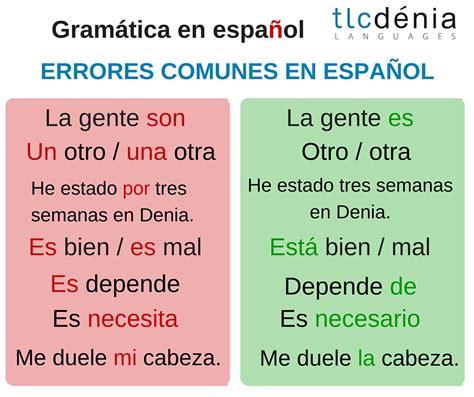“May” is a verb that can be used in a variety of ways in the English language. It can be used to express permission, possibility, or a request. In Spanish, there are several different words that can be used to translate “may,” depending on the context.

1. Poder
The most common way to say “may” in Spanish is “poder.” This verb is used to express permission or possibility. For example:
- ¿Puedo entrar? (May I come in?)
- Puedes hacerlo (You may do it)
- Es posible que llueva (It may rain)
2. Deber
The verb “deber” is used to express obligation or necessity. It can also be used to express possibility or probability. For example:
- Debes estudiar para el examen (You must study for the exam)
- Debería hacer más ejercicio (I should exercise more)
- Es probable que llegue tarde (It is likely that I will be late)
3. Tener permitido
The phrase “tener permitido” is used to express permission. It is similar to the verb “poder,” but it is more formal. For example:
- Tengo permitido fumar aquí? (Am I allowed to smoke here?)
4. Ser posible
The phrase “ser posible” is used to express possibility. It is similar to the verb “poder,” but it is more impersonal. For example:
- Es posible que no pueda asistir a la reunión (It is possible that I cannot attend the meeting)
5. Querer
The verb “querer” is used to express desire or request. It can also be used to express permission. For example:
- ¿Quieres venir conmigo? (Do you want to come with me?)
- Puedes hacerlo si quieres (You may do it if you want)
There are a few common mistakes that people make when using “may” in Spanish. These include:
-
Using “puede” instead of “poder”
Puede is the third person singular form of the verb “poder.” It is not used to express permission or possibility in the first or second person. For example, you would say “¿Puedo entrar?” (May I come in?) not “¿Puede entrar?” -
Using “debe” instead of “debería”
Debe is the third person singular form of the verb “deber.” It is not used to express possibility or probability. For example, you would say “Debería hacer más ejercicio” (I should exercise more) not “Debe hacer más ejercicio.” -
Using “permitir” instead of “tener permitido”
Permitir is a verb that means “to allow.” It is not used to express permission in the first or second person. For example, you would say “¿Tengo permitido fumar aquí?” (Am I allowed to smoke here?) not “¿Permito fumar aquí?”
Learning how to use “may” correctly in Spanish is important for being able to communicate effectively in the language. It is a versatile verb that can be used in a variety of situations, and it is important to be able to use it correctly in order to be able to express yourself clearly.
There are a number of benefits to using “may” correctly in Spanish. These include:
-
Improved communication: Being able to use “may” correctly will help you to communicate more effectively in Spanish. You will be able to express yourself more clearly and accurately, and you will be able to understand what others are saying more easily.
-
Increased confidence: Knowing how to use “may” correctly will give you more confidence when speaking Spanish. You will be less likely to make mistakes, and you will be able to communicate more fluently and naturally.
-
Greater opportunities: Being able to use “may” correctly will open up more opportunities for you in Spanish. You will be able to participate more fully in conversations, and you will be able to express yourself more effectively in writing.
There are a few simple tips that you can follow to help you use “may” correctly in Spanish. These include:
-
Choose the right verb: The first step is to choose the right verb to express the meaning you want to convey. If you want to express permission, use “poder.” If you want to express possibility, use “deber” or “ser posible.” If you want to express desire or request, use “querer.”
-
Use the correct form of the verb: The form of the verb you use will depend on the person and number of the subject. For example, you would say “¿Puedo entrar?” (May I come in?) if you are speaking to one person, and “¿Pueden entrar?” (May they come in?) if you are speaking to a group of people.
-
Use the correct tense: The tense of the verb you use will depend on the time frame you are referring to. For example, you would use the present tense to express permission or possibility in the present, and the future tense to express permission or possibility in the future.
Learning how to use “may” correctly in Spanish is an important part of being able to communicate effectively in the language. It is a versatile verb that can be used in a variety of situations, and it is important to be able to use it correctly in order to be able to express yourself clearly.
